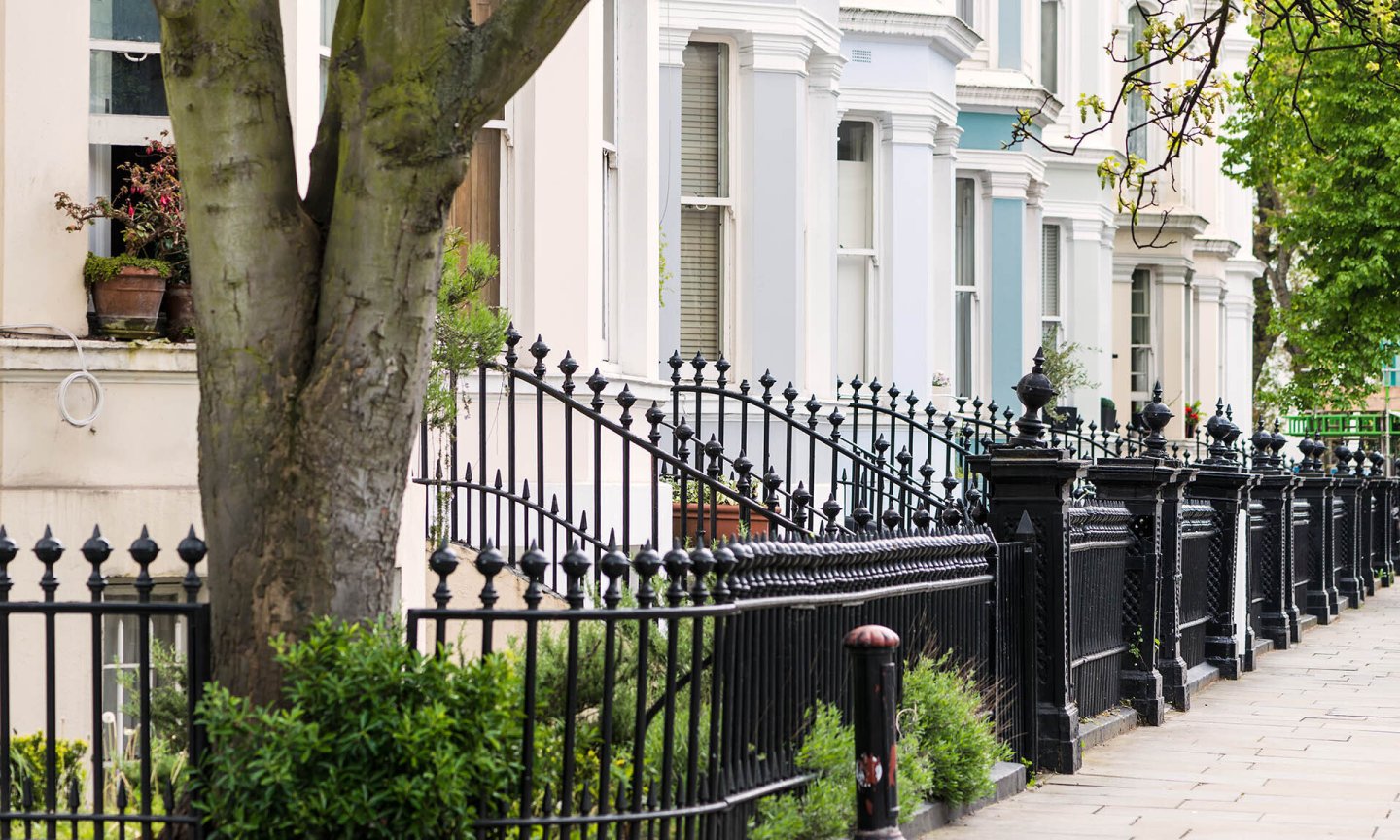
British Architectural Styles and Dates

Modernism
Modern architects also challenged established doctrine about the types of buildings suitable for architectural design. Important civic buildings, country houses, churches, and public institutions had long provided the principal work of architectural practices. But the Modernists felt that architects should plan all that was necessary for society - even the most basic buildings.

Edwardian
The clash of styles in the Victorian period finally ended in an eclectic aesthetic. The death of Queen Victoria in 1901, after almost 64 years on the throne, presaged a rush of new ideas including the birth of the Garden Cities and the growth of suburbia.

Victorian
Queen Victoria's reign saw great changes both inside and outside the home. It was the time of the Industrial Revolution and Britain was leading the world in technology. Mass production meant more goods were available to buy. The newly-emerging middle classes took immense pride in homes that they saw as a reflection of their social status.

Regency
Despite a crisis in the monarchy when George III's insanity rendered him unfit to rule, and the Prince of Wales - later George IV - was made Regent, the Regency period in Britain saw a flowering in the arts.

Georgian
The Georgian period generally covers the eighteenth century. But the style of architecture most commonly associated with the Georgian era is more strongly identifiable in the period between 1715 and about 1790. A number of crucial factors contributed to the creation of elegant and distinctive Georgian city squares and crescents, and confident classic county houses in a new Arcadia.

William and Mary
The architectural period of William and Mary refers to the years of joint sovereignty over England and Scotland by William III (William of Orange) and his wife Mary II, daughter of James II. After Mary died in 1694, William ruled alone until his death in 1702. This period also includes the subsequent reign of Queen Anne. Despite the continued use of the Renaissance-inspired style of Southern Europe there were also strong influences from the Netherlands and France. The Dutch style, that popularly seems to typify the era, include Dutch Gables, shaped with ogee parapets crowned with semi-circular or triangular pediments.

Early Stuart
Immediately prior to the English Civil War, Inigo Jones, who is regarded as the first significant British architect of the modern period, brought Italianate Renaissance architecture to England. He was responsible for importing the Palladian style from Italy. The Queen’s House at Greenwich is perhaps his best surviving work.

Jacobean
TThe Jacobean style refers to the second phase of Renaissance architecture in England. It is named after James I of England (James VI of Scotland) with whose reign it is associated. The architecture of this period inherited many Elizabethan traditions. But as Roman literature became more familiar small differences crept in, and the formality and symmetry of classical columns and entablatures slowly replaced the irregularity of Elizabethan architecture, although the essence of the style in many ways remained the same over both periods.

Elizabethan
The forty-five years of Elizabeth I’s tenure on the English throne are often seen as having a particular architectural style. But this is far from the reality. There was much that was still Medieval in the style of the time as well as Tudor Gothic.

Tudor
As King Henry VIII was so strongly established on the English throne he was able to involve himself heavily in foreign affairs. His glittering summit with the French king, Francis I, on the Field of the Cloth of Gold in 1520 attracted many continental artists to Henry’s court and these helped establish the Renaissance style in sculpture, painting and architecture in England from this time.

Medieval
After the Norman invasion more consistent forms of building design began to appear in England. William I and his law lords built numerous castles and garrisons to uphold their authority. Initially these were made of readily available timber - speed of construction was of greater importance than appearance. However during the following two centuries of the Norman period substantial castles and churches in stone, rather than timber, wattle and daub were built.